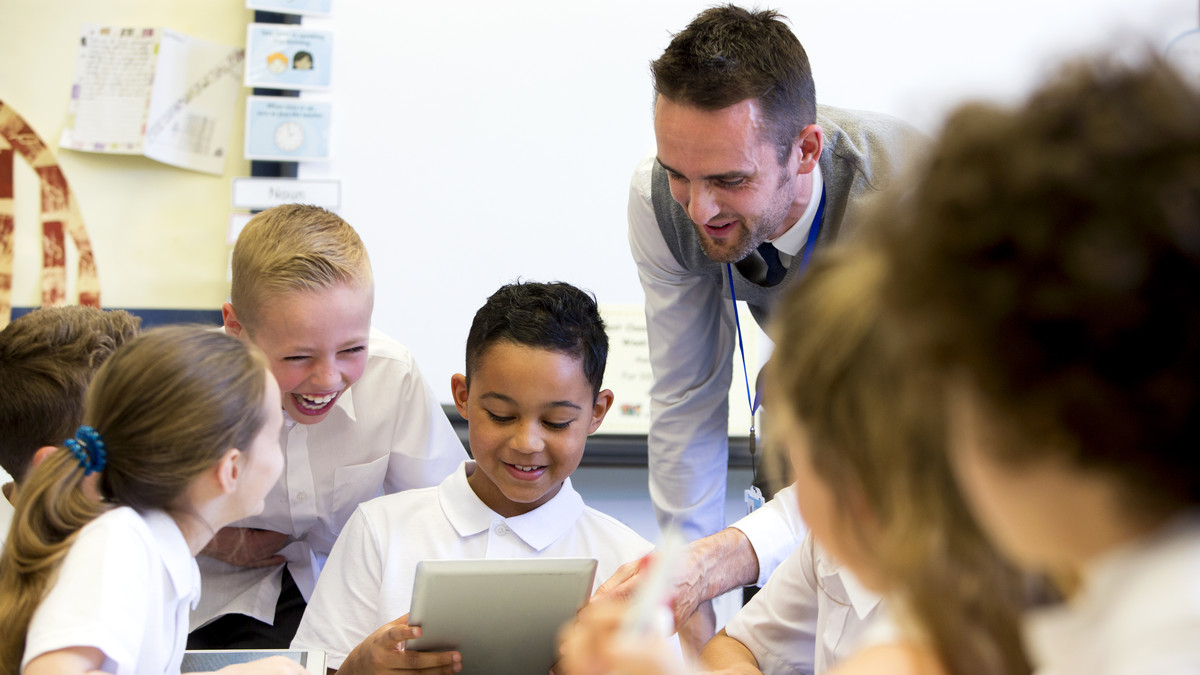What would you investigate if you had a “Genius Hour,” where you took roughly an hour a week to explore any subject you wished? For students, that time might be spent learning more about what causes a full moon, why we have to put up with mosquitoes or even the inside secrets to winning at Fortnite. That’s right: There are no parameters (beyond making sure they are school-appropriate) that are put on the topics of “Genius Hour,” a concept that’s helping build inquisitive minds in today’s classrooms.
Genius Hour is modeled loosely after Google’s well-known policy that allows engineers to spend 20 percent of their time on their own pet side projects, with the idea that students learn better when they are personally passionate about a subject.
“In Genius Hour, students are in control, choosing what they study, how they study it, and what they do, produce, or create as a result. As a learning model, it promotes inquiry, research, creativity and self-directed learning,” notes Terry Heick, founder and director of TeachThought.
But that doesn’t mean that Genius Hour should become unstructured chaos. Although students are engaging in personalized learning, they are doing so in a planful way. The goals of Genius Hour are for a student to:
- Research something.
- Create something.
- Share it with the class.
A teacher’s role in the process is to act as an advisor—assisting as they brainstorm and narrow down a topic; guiding them through a plan and schedule; and helping them problem solve and reflect.
Benefits of Genius Hour
While the main goal is to keep kids excited about learning, there are a number of other benefits that Genius Hour aficionados have identified:
1. It allows students to explore technology in new ways.
Most of us don’t worry about “digital natives” adapting to new tech, but Genius Hour can prompt them to try firsthand different types of hardware and software they might not typically encounter.
Among the devices and apps that can contribute to a creative Genius Hour project:
- Projectors to share with the class in both the ideation and share phases, and also to seek feedback from a group on design ideas or to brainstorm small group projects.
- Interactive projectors to easily add videos and images for more robust presentations.
- Photo and large-format printers to create banners or posters.
- Scanners to contribute to graphically rich presentation boards
- Green screen apps that can be used to add flair to videos.
- Sites where students can self-publish and share their books.
- Video chat sites where students can connect with subject matter experts, as approved by teachers.
2. They’ll see that sometimes failure is an option.
Part of “growth mindset”—the understanding that abilities can be developed—is finding the lessons in failure, but that can be a challenging concept for many kids to embrace. A.J. Juliani, director of technology and innovation for Centennial School District in Bucks County, Pennsylvania, decided to participate with his students, choosing to learn how to code and make an app from scratch. “I failed to make that app,” he says. “But my experience learning how to program left me with a whole new perspective and was a teachable moment about what we call failure. There is no real way to fail a project in which ‘learning’ is the end-goal.”
3. They’ll learn real-life skills.
A recent podcast on “What Skills Do Google, Pinterest, and Twitter Employees Think Kids Need To Succeed?” emphasized the importance of soft skills, homing in on the attributes of Genius Hour. “I think it’s important that teachers continue to really draw upon what students are excited and interested to learn about,” says Google for Education Program Manager Drea Alphonso, adding that the most advantages come from combining these interests with skills like writing and presenting, core components of Genius Hour.
Kids will also flex their communication muscles, whether they’re reaching out to connect with a real-life expert to learn more about their passion project, collaborating with classmates or honing presentation abilities.
4. It gets some students out of their comfort zone—and others into theirs.
Most teachers know those students who are ultra-prepared to answer study-based questions, and often pose their own favorite question, “Will this be on the test?” For kids who are used to having information served up to them, being on their own with personalized learning can feel a bit awkward, and yet this type of inquiry-based learning also offers an unmatched opportunity to grow.
For other kids who don’t excel in a traditional classroom, Genius Hour can feed their need to explore on their own and further see how learning is applicable to real life and their interests.
The one constant in today’s educational environment is the need to help kids “learn to learn” so they can adapt to our rapidly evolving future. Introducing Genius Hour to your classroom this new school year can be a genius solution to inspiring the next generation in their love of lifelong learning.
To find out more about creative, affordable ways to incorporate technology in your classroom, explore Epson’s education solutions and related case studies.
![]()




